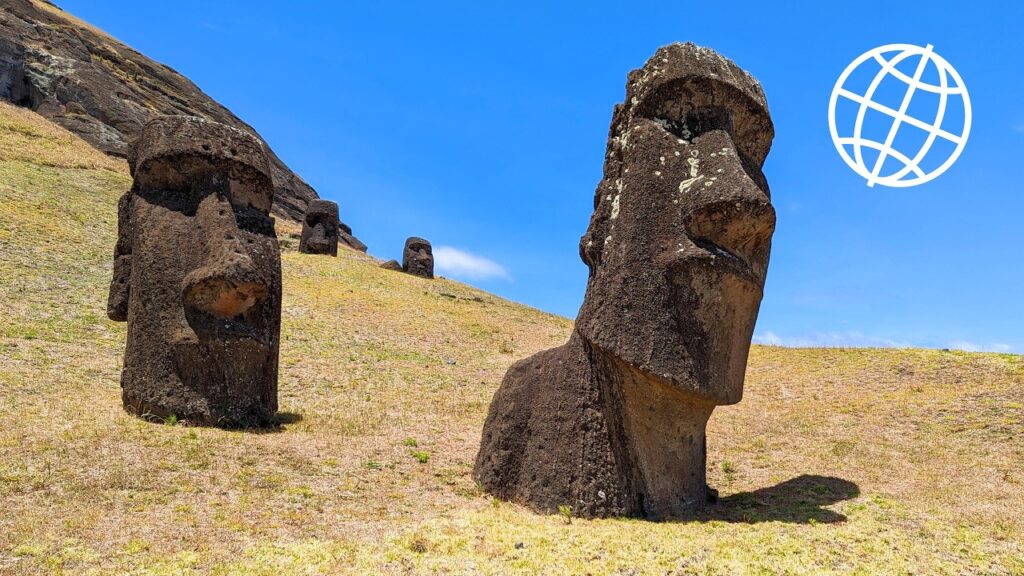
Introduction
Easter Island, known as Rapa Nui, holds an important place in the cultural heritage of humanity. Renowned for its monumental statues, known as moai, the island has drawn the interest of archaeologists, historians, and tourists alike. Its unique history and presence in the Pacific Ocean make it a subject of fascination and study, especially as modern research unveils more about its past and the implications for cultural preservation.
The Historical Significance of Easter Island
Easter Island, situated nearly 3,700 kilometers off the coast of Chile, is one of the world’s most remote inhabited islands. The Rapa Nui people, who are the island’s original inhabitants, began to populate the island from around 1200 AD. They are famous for crafting and erecting the moai, which are monolithic human figures representing their ancestral gods or significant leaders.
In recent months, new archaeological findings have been reported, showcasing more than 900 of these moai scattered across the island, with ongoing efforts to understand their historical context and the techniques used for transportation and construction. Furthermore, researchers revealed that these statues are constructed from volcanic tuff, showcasing the incredible artistry of the Rapa Nui.
Environmental Challenges and Preservation Efforts
Easter Island faces numerous environmental challenges, which have raised alarms among conservationists. The island’s delicate ecosystem is threatened by invasive species and overexploitation of natural resources. Reports from early 2023 emphasized the impact of climate change, leading to rising sea levels that threaten the ancient sites and the island’s biodiversity.
To address these challenges, both the Chilean government and local organizations are working towards sustainable tourism and conservation strategies. In 2021, the Rapa Nui National Park, which encompasses the moai and other archaeological sites, was officially designated as a UNESCO World Heritage site. This designation has spurred the international community to contribute to preservation efforts, ensuring that the cultural significance and natural beauty of the island are maintained for future generations.
Conclusion
The ongoing study of Easter Island provides valuable insights into human resilience and the intricate relationship between culture and the environment. As researchers continue to explore the remnants of the island’s past, it becomes critical to balance tourism with conservation. The future of Easter Island rests in sustainable practices that honor its rich history while protecting its unique environment. For travelers and historians alike, Easter Island remains a compelling testament to human ingenuity and cultural significance, reminding us of the need to respect and preserve our world heritage.



